Gangs, Garms, & Gai-Kokujins
This article examines Japan's social norms and psyche and how they contribute to the cultural appropriation of Black culture as a form of escapism and to attain more western cultural capital.

Topics
My three months living in Japan were marked by a lot of personal growth and a deeper understanding of Eastern society. I actively practiced cultural relativism to address my bias the best I could while critically analyzing how a group of people interact with each other, with Black culture, and with me: a kokujin (black foreigner) or Gaijin (foreigner which has a more negative connotation). As a 6’3 Black man that towered over the average 5’7 Japanese man and smaller 5’1 woman, I often stuck out in contrast and proportion in any setting. The dimensions in which I existed seemed like I was from an alternate reality with much darker pigment and bright-colored clothing. I drew many eyes that tried to sneak a glance or ones that stayed locked in on mine if they were young and naive. These children had not been fully socialized not to show emotions like bewilderment or confusion like their elders, which was refreshing because it was hard to see authentic or non-professional interactions with Japanese people. The perceived distance between my world and their world was bridged through shared language and universal hand signs, which set the stage for mutual understanding.
Gangs, Garms, and Gai-Kokujins
Japan's Love of Black Popular Culture
My videotaped interviews spanned a range of topics within the love of Black culture or Negrophilia in various settings, such as hip-hop bars with Japanese youth with dreads and braids adorned in Black clothing styles to home settings where I asked critical questions to Black ex-pats on how their experience in the island. The concept of cultural appropriation doesn’t exist among native Japanese people because emulation in most cases is considered flattery. Japanese society has promoted the appropriation or appreciation of their culture by creating distilled aspects of their heritage for cultural consumption like the Kimono to sell to the West. This cultural distillation approach has proved commercially successful and expanded exponentially through anime’s global acclaim, which for many foreigners serves as the gateway portal into the isolated island society.
A Japan State of Mind
Although the visual medium of anime and manga is entertainment, it reveals the psyche of many Japanese denied individual expression in the country’s very collectivist social structure where the person becomes secondary to the social expectations of the group. The Japanese saying,
“The nail that sticks out gets hammered down”
aptly captures how many people can feel restricted by their family, schools, work settings, and government since they often aren’t given the room to explore their ambitions or understanding of self.
Honne vs Tatemae
The Self is sacrificed at the expense of social staples for extreme safety, homogeneous thinking, and strict adherence to standard procedures across disciplines and fields. This socio-psychological phenomenon in Japanese society is termed honne and tatemae. Honne refers to a person’s true feelings and desires, and tatemae refers contrastingly to one’s social professionalism behavior or behavior and opinions displayed in public. Tatemae is the mask that Japanese people wear, and honne is their true personality that is seldom seen in Japanese society.
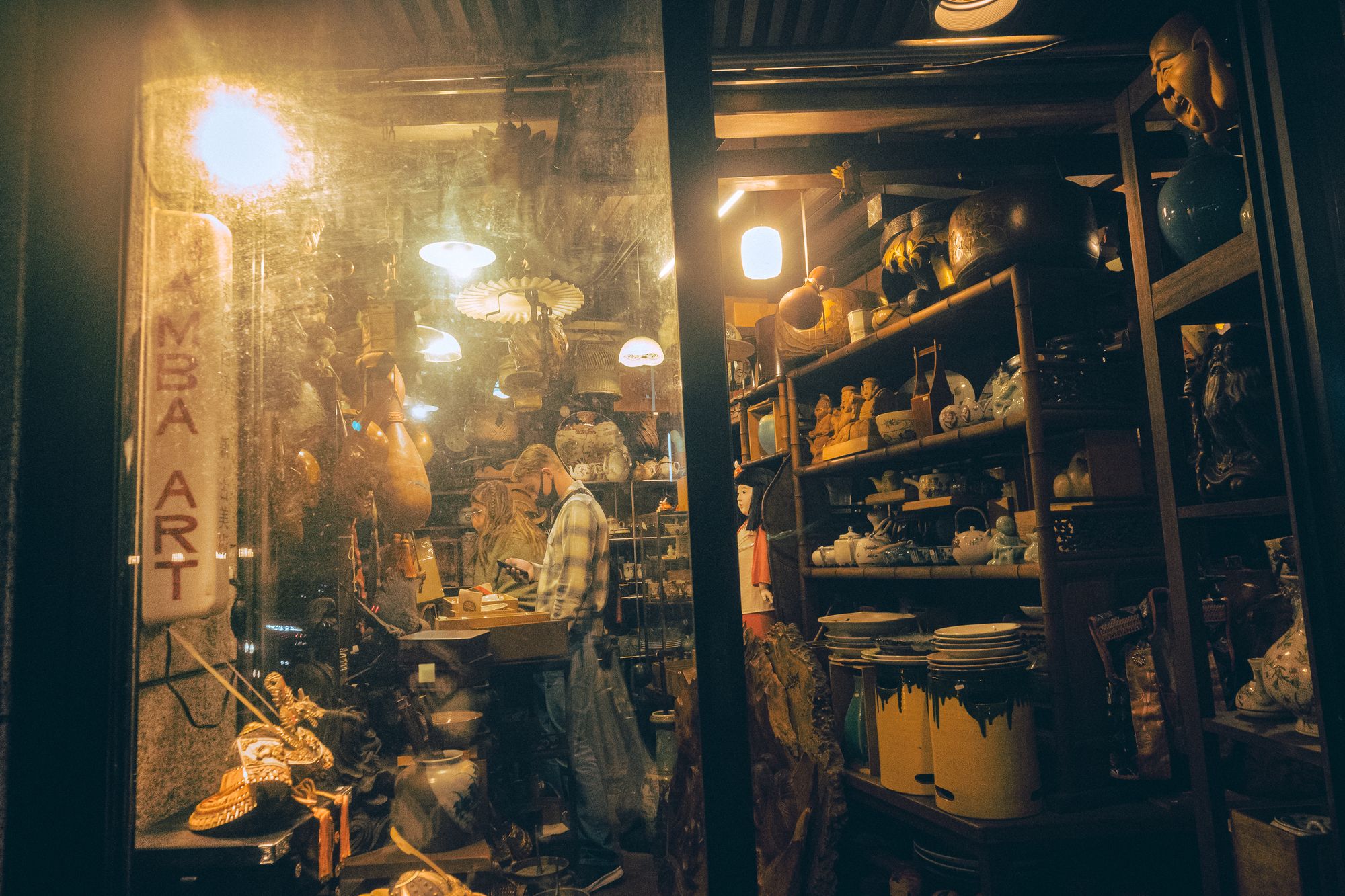
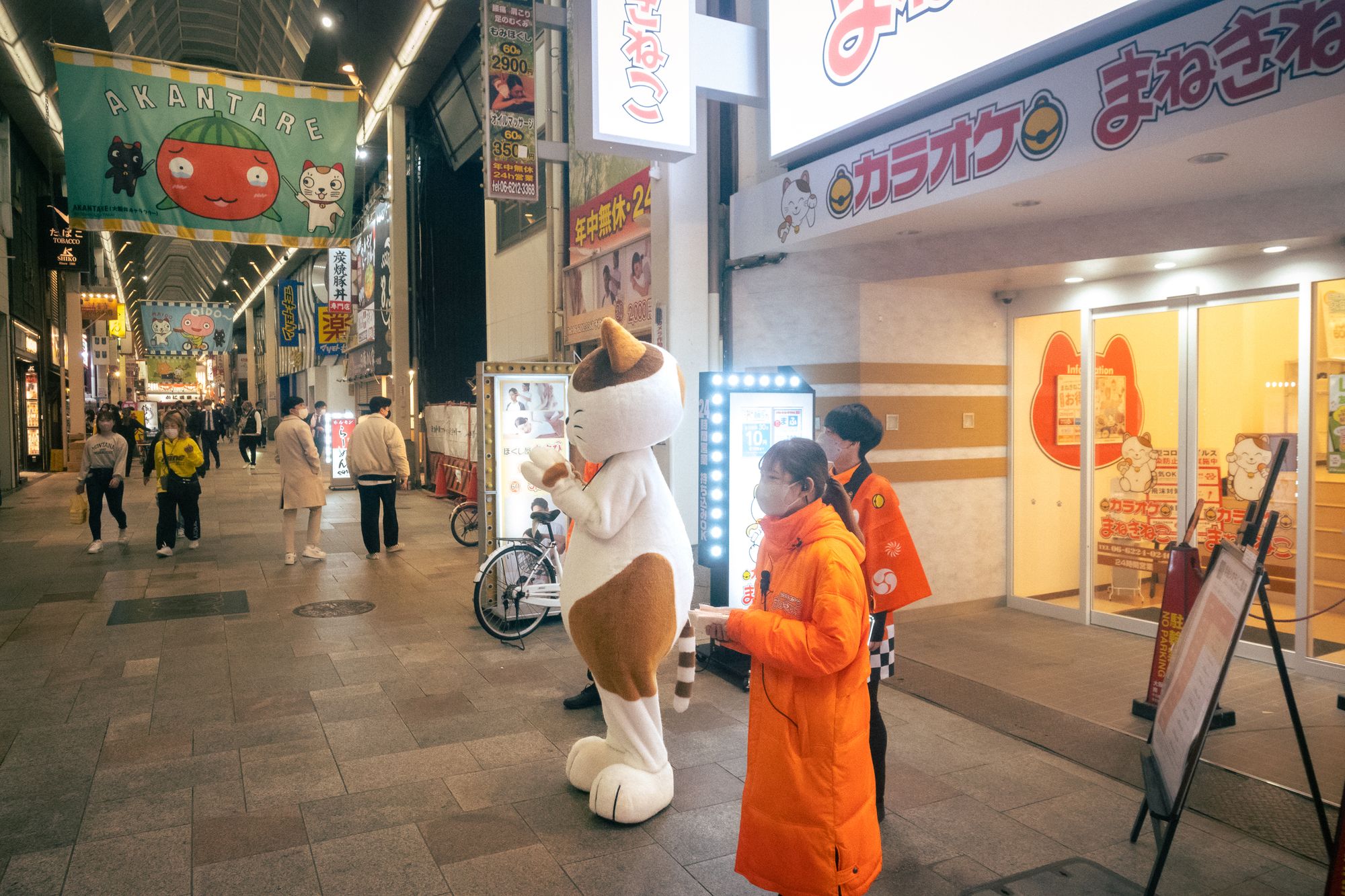
The expression of tatemae vs. honne is location specific, where Tokyo’s heavy emphasis on work culture, capitalism, and fast-paced lifestyle minimizes honne in favor of tatemae. By contrast, Japan's Kansai region is on the other end of the spectrum. Osaka’s culture has more honne over tatemae, so people are more open to conversation, happier, and worry about work less and personal fulfillment more. Kyoto, which is also in the Kansai region, has a slow-paced culture due to its classical Buddhist temples, Shinto shrines, numerous gardens, imperial palaces, and traditional wooden houses. Although people in Kyoto pride themselves on honne, they are quite diplomatic in how they operate which tends to lean more tatemae. Finally, Ryukyuans or Okinawans have maximized honne, prioritizing finding one’s true purpose and cultivating social connections and relationships in tight-knit communities. This strong sense of community is likely a huge factor for why this group has the longest life expectancy of anyone on Earth.
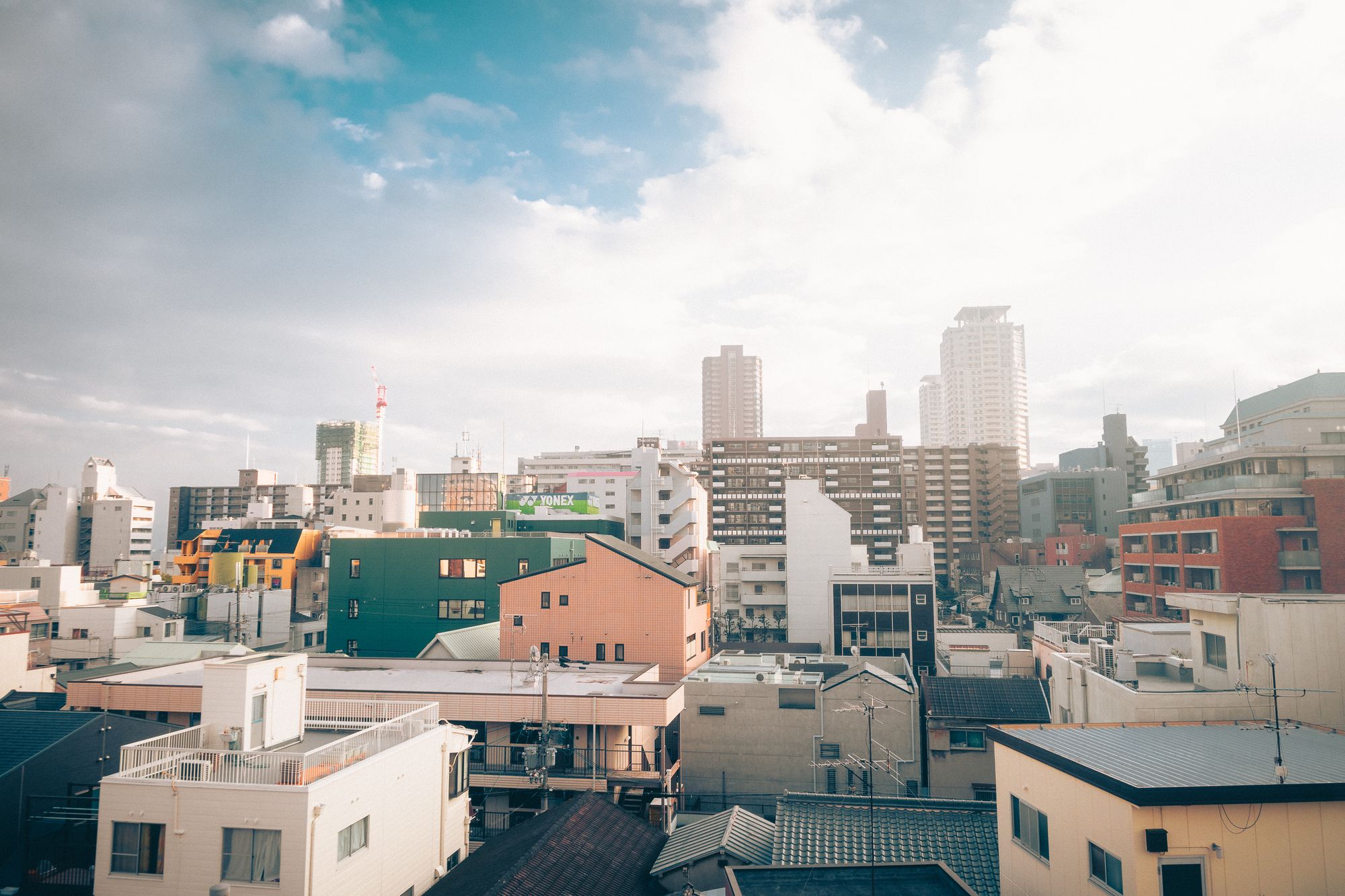
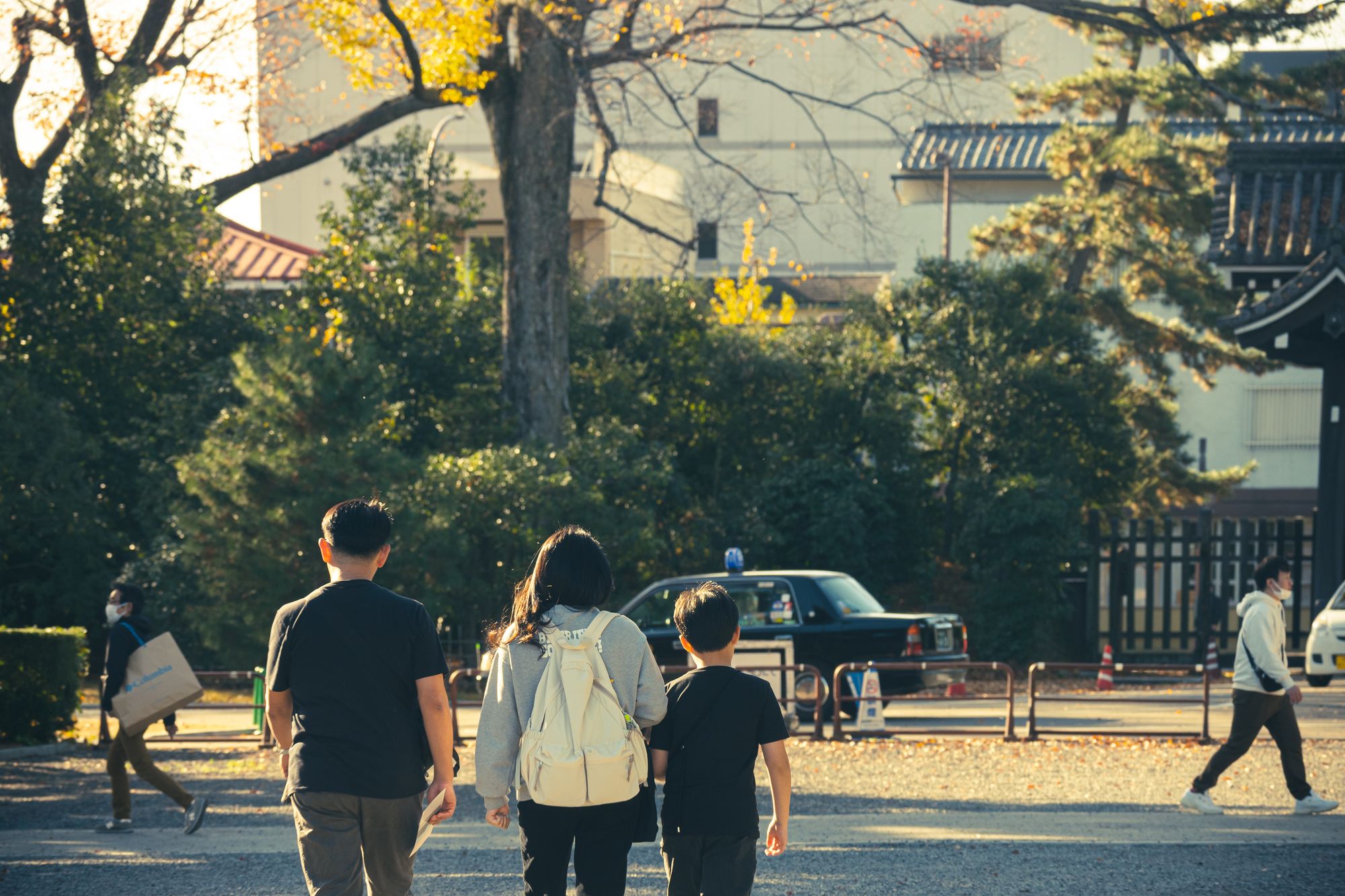
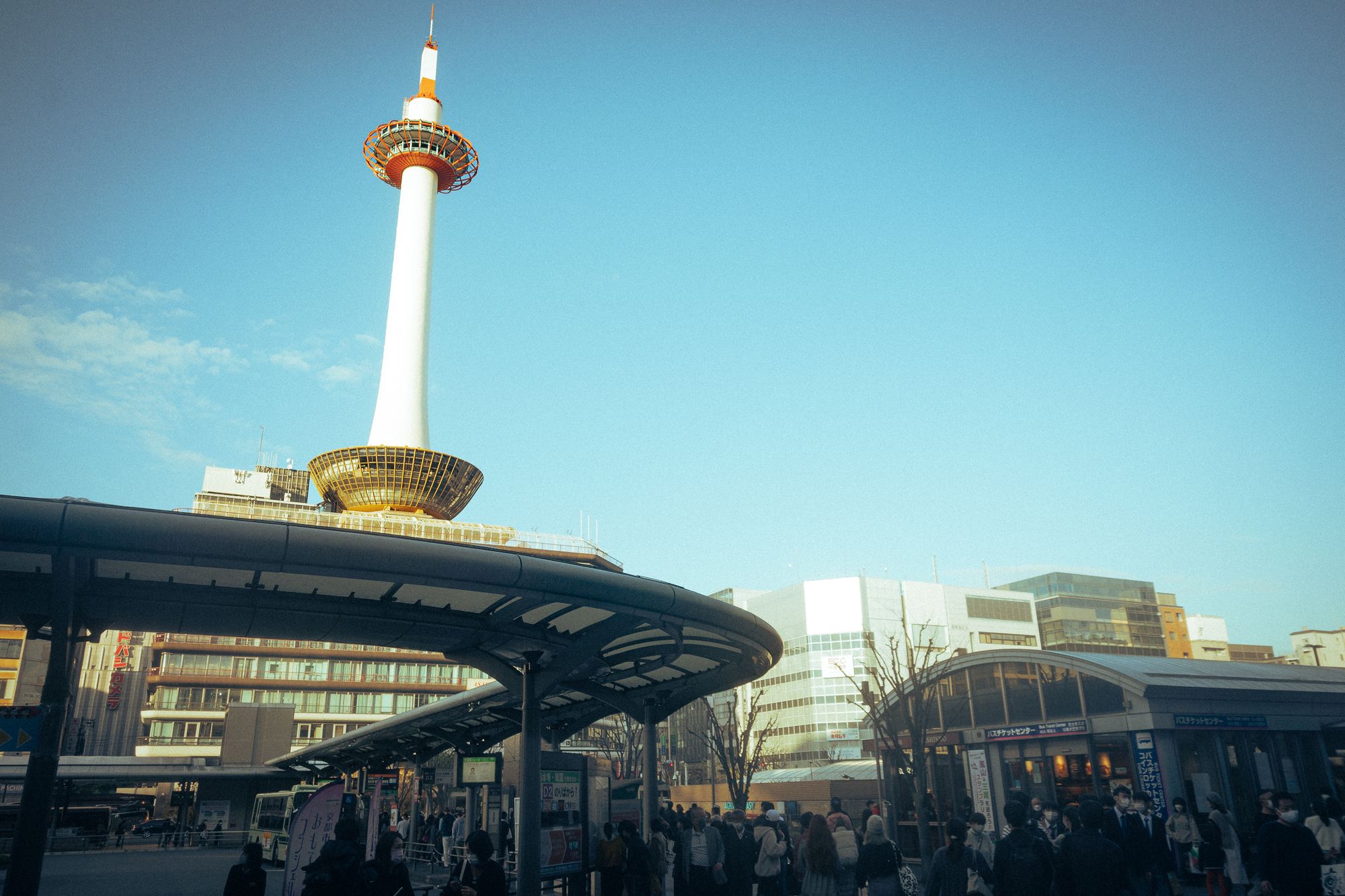
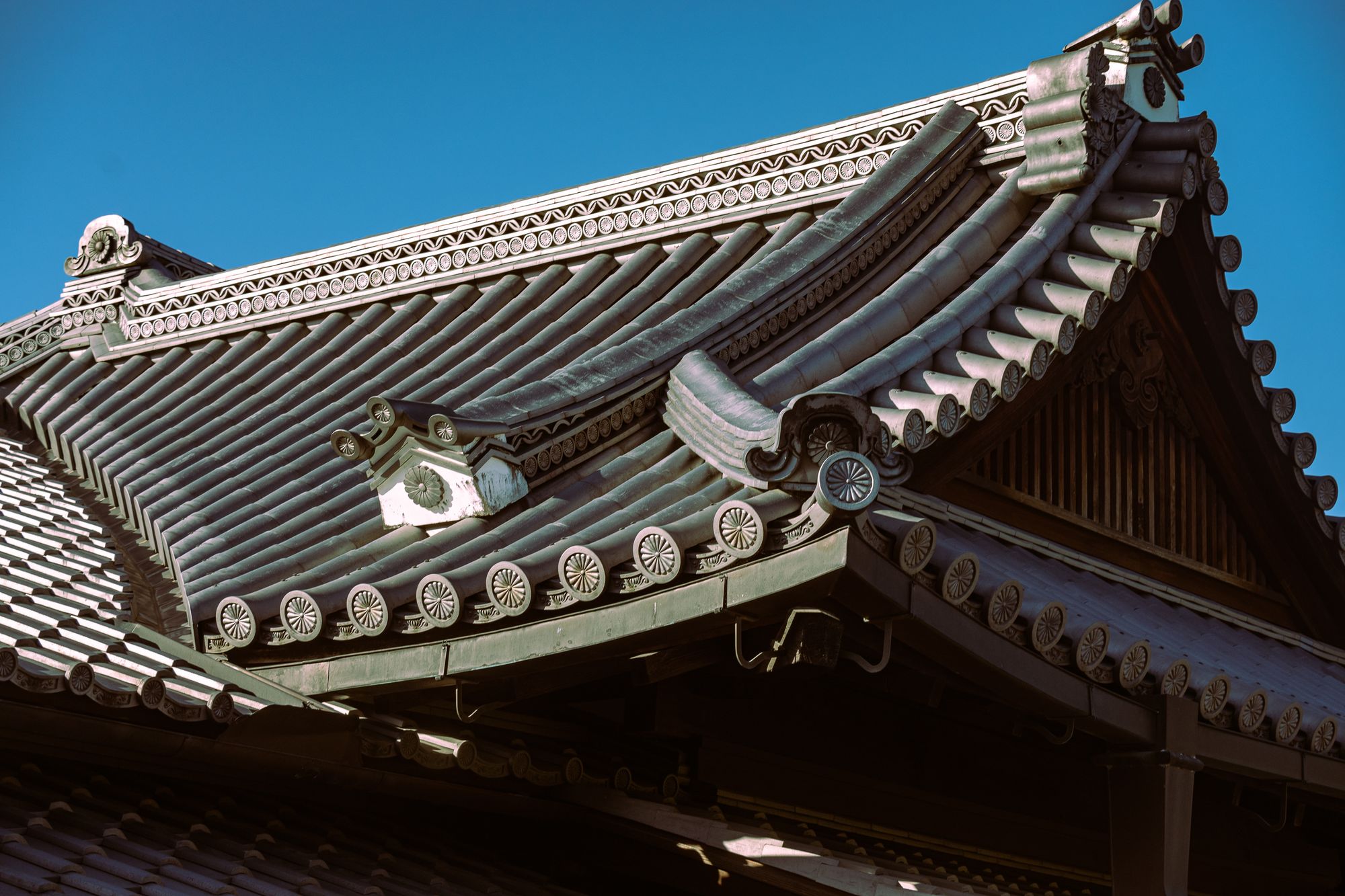
Mental Health
This trade-off between honne and tatemae in Tokyo took a toll on people and the social environment where I saw, sensed, and experienced deep isolation despite often being around people. There was such a lack of connection that I went through a short stage of depression while adjusting to Tokyo on my arrival. I thought it was symptoms of jet lag, but on deeper analysis and interviews, my depressive adjustment period is felt by many foreigners who moved to the city. Many natives showed similar signs of depression on my train commutes, but an infrastructure of mental health awareness is practically non-existent.
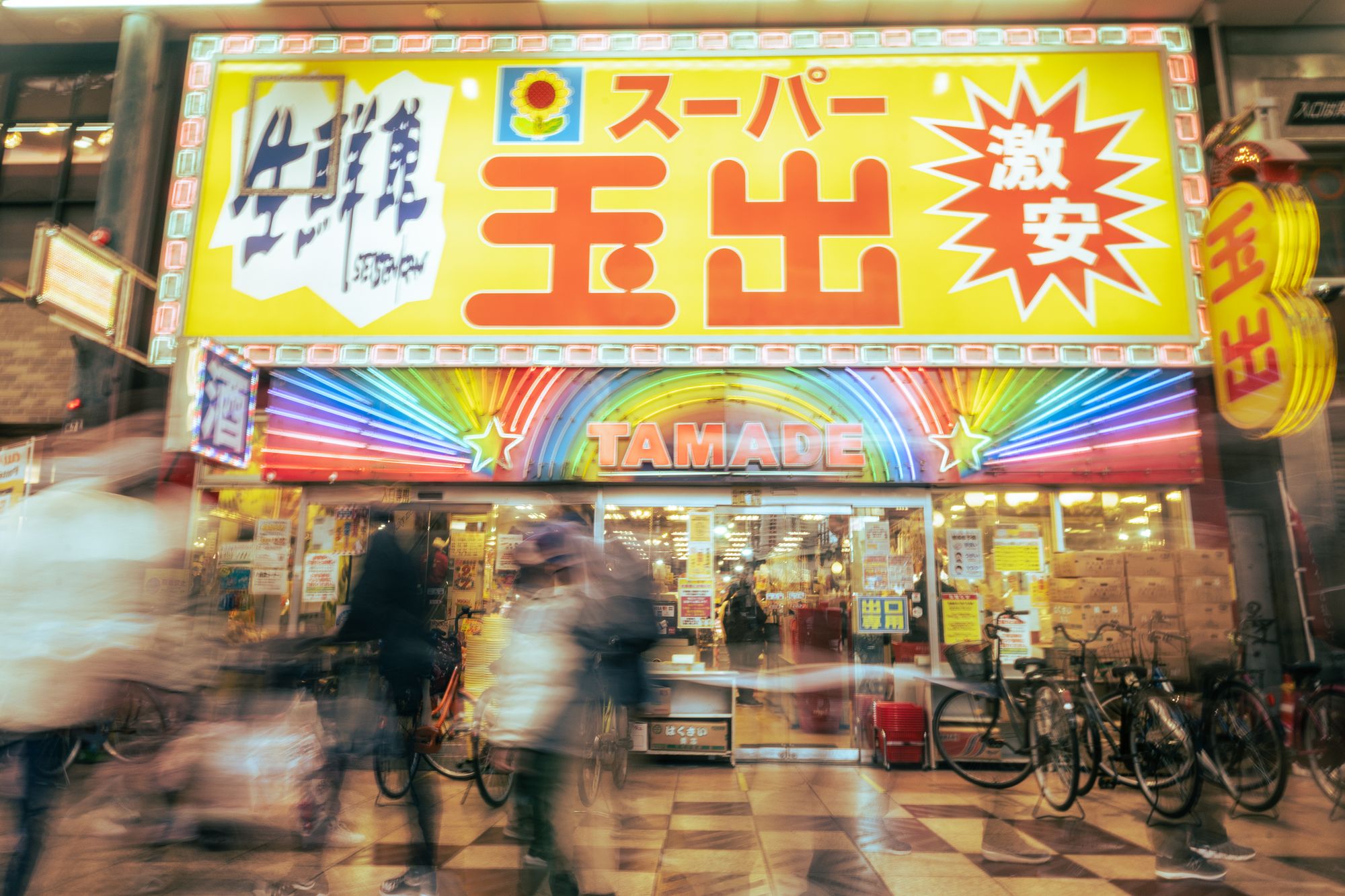
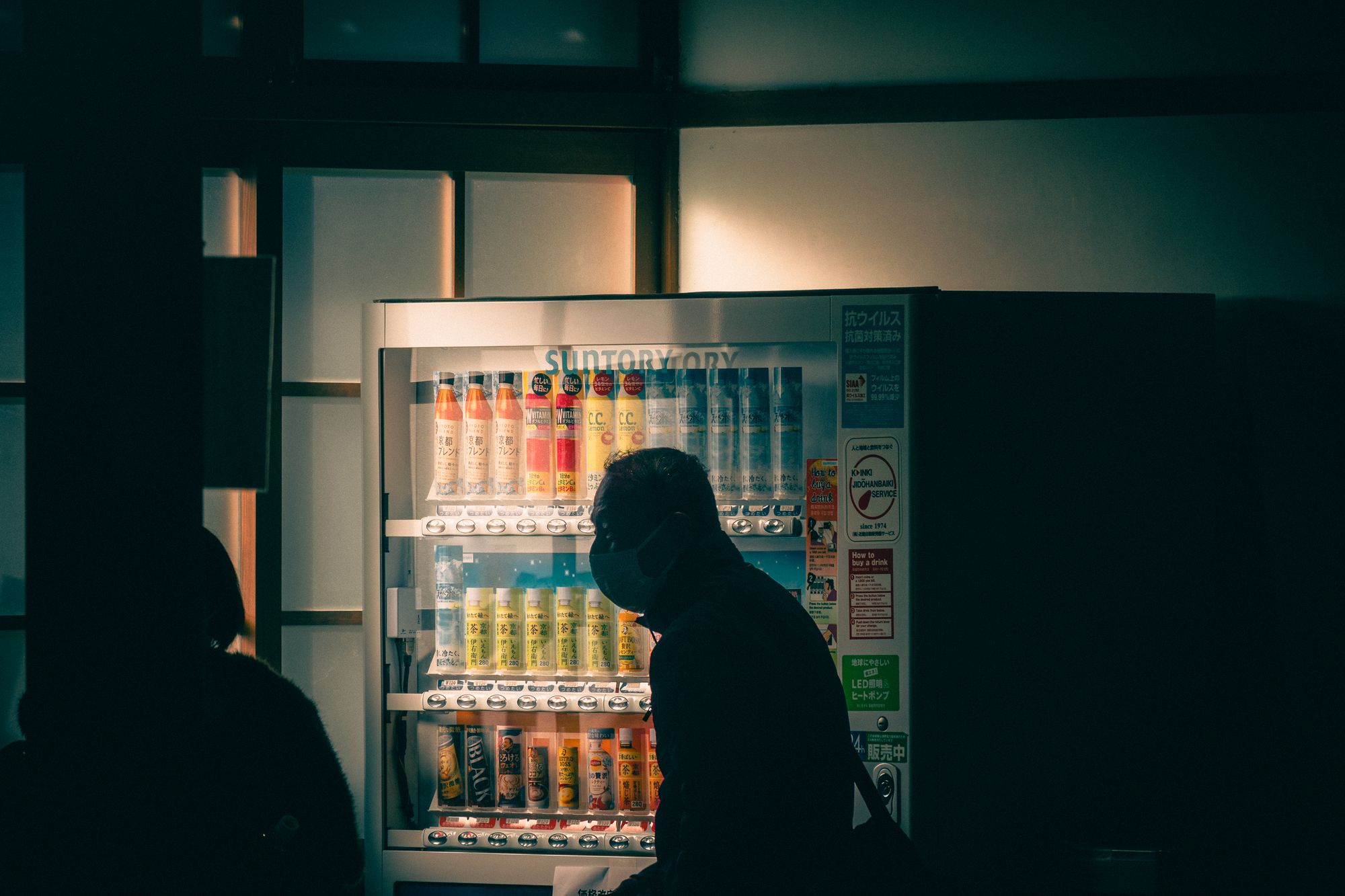
Social Angst
I saw many severely sleep-deprived people napping on public transportation, and chatting in these public spaces is seen as very disrespectful. It's socially agreed that there is no talking on trains due to the time needed to relieve life stress and allow people to sleep. It seems like it also aids in lowering communication skills, adding to a sense of formality and limiting one's ability to mix comfortably and talk with others. I believe this social anxiety is amplified when there is a foreigner sitting elbow to elbow with you, and you cannot engage in the conversation since it's a social taboo to do so.
Being in these public spaces were uncomfortable at first since interactions all felt robotic, but instead, it was tatemae in full effect. This social professionalism pervaded all sense of regular life, which became tiring for me and, I would presume eventually grows tiring for them, even if this is what they were socialized to accept as the norm. Humans are social creatures, so Japanese daycares employ social control tactics to reinforce self-discipline. These observations feel like comorbidities that lead to the high suicide rate and dissatisfaction with life by younger and older generations.
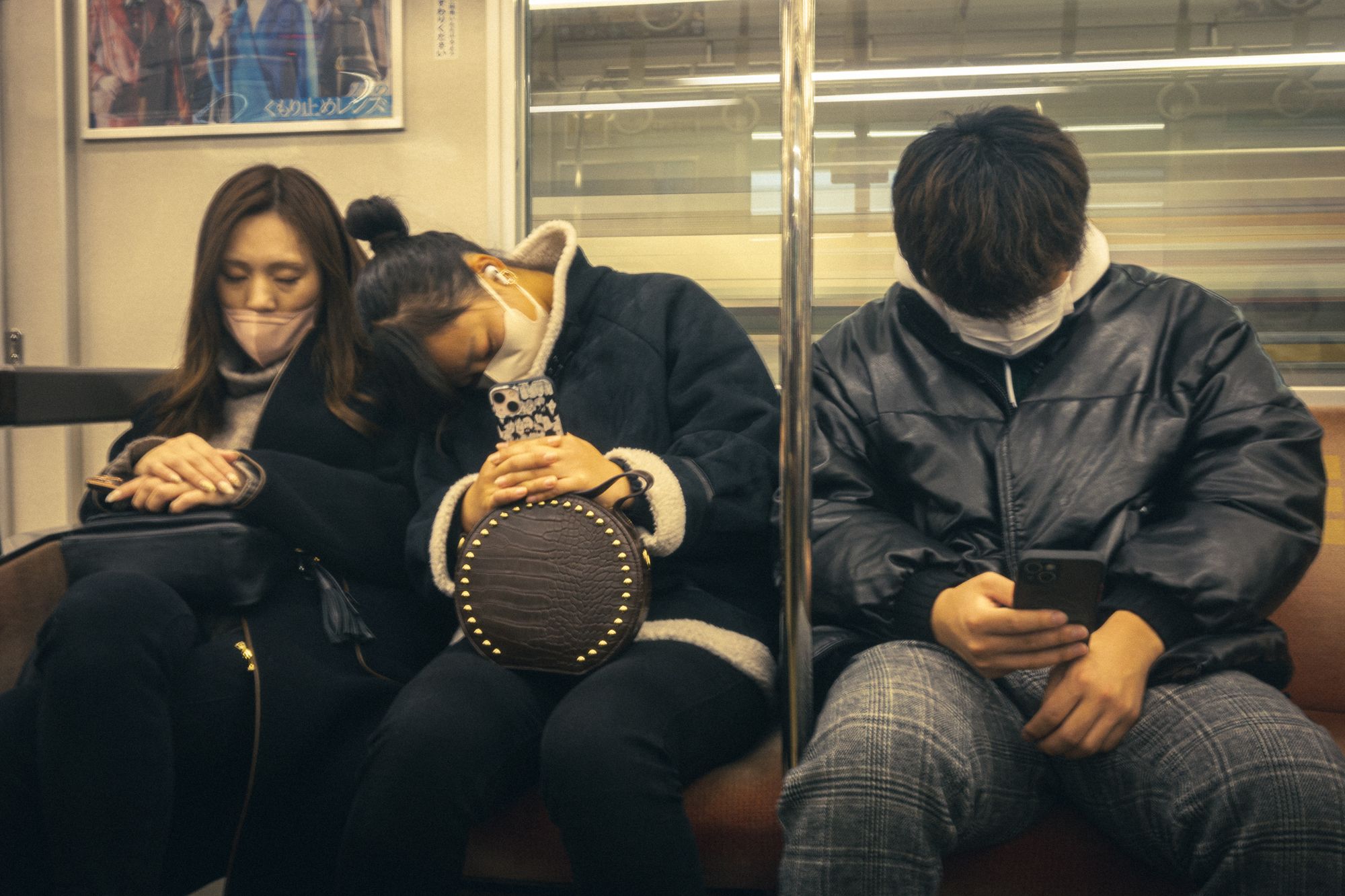
Karoshi (Burnout)
A well-studied comorbidity and leading cause of suicide in Japan is its karoshi (overwork death) culture, which deeply affects the working class and results in heavy alcohol consumption by businessmen and women to cope with 60, 70, or more hours per week. Here's my personal account of seeing the effects of this up-close:
During my first Tuesday night in Japan, I left the Haneda Airport to take the train to my new home when I was interrupted by a severely drunk businessman who was likely letting off steam from a brutal work day. He stumbled onto my train cart around 11 pm (2300) to a point where I said verbatim, "Oh, this man's totally gone." He battled frantically against himself not to topple over anytime the train accelerated or decelerated, holding the overhead hand railing with one hand while the other gripped his old-fashioned briefcase.
He somehow worked his way near me while scaring the seated passengers that lined the aisle because he could have fallen on any one of them at each train stop. However, to my surprise, very few people paid him much attention and pretended like nothing out of the ordinary was happening. By this point, I put on my headphones and tried to relax while standing near a train door exit with my checked baggage. Until, a stream of liquid touched the tip of my cowboy boot, and I glanced up from my phone to see that this fool pissed himself and his stream of PISS! was touching me a few feet away.
What a wild "Welcome to Japan moment!!" I assume the train conductors were well-acquainted with similar incidents from past instances because they effortlessly dealt with this situation with dry hay and by removing the man from the train. Of course, I audibly voiced my disgust, but many other passengers stayed quiet, which is quite impressive and considerably eerie of a reaction to this retrospective account of my first few hours in Japan.
Escapism and Cultural Cosplay
Thus, these mental health and social dilemmas explain the escapism prevalent within Japanese culture whether through the cosplay of fictional characters or heavy consumption of foreign media. And with media, we have the proliferation of entertainment and ideals from Western society to Eastern markets that entrenches people into various subcultures of pop to punk and eventually hip hop and Black culture. Japanese consume Black cultural staples (at large rates like the rest world) curated and marketed by white corporations for profit abroad. This act of repackaging cultural elements such as innovative fashion, complex music, and fluid dance styles in conjunction with generational traumas and the struggle for liberation against systemic racism in oversea markets creates the issue of lost context. These nuances are lost, and everything becomes distilled into one label as aesthetically “cool.”
When something is cool, people tend to emulate it whether they totally understand what they are copying or don't. This unequal cultural exchange is when cultural appropriation takes center stage, which happens with white communities domestically in the United States and internationally with Japanese communities too. Of course, there's an element of appreciation within this exchange but that appears to exist in smaller extent to the larger whole of appropriation. It’s extraordinary that these forms of appropriation are adopted similarly regardless of location, which speaks to the tremendous impact and uniform perception of Black society in media. Media perception strips away the 4-dimensional elements of Black culture for 2-dimensional digestibility, enabling the plethora of complex issues that plague me and other individuals of the African diaspora. Of course, I have much more to say, but I’ll save that for my book and future Youtube videos on this topic.
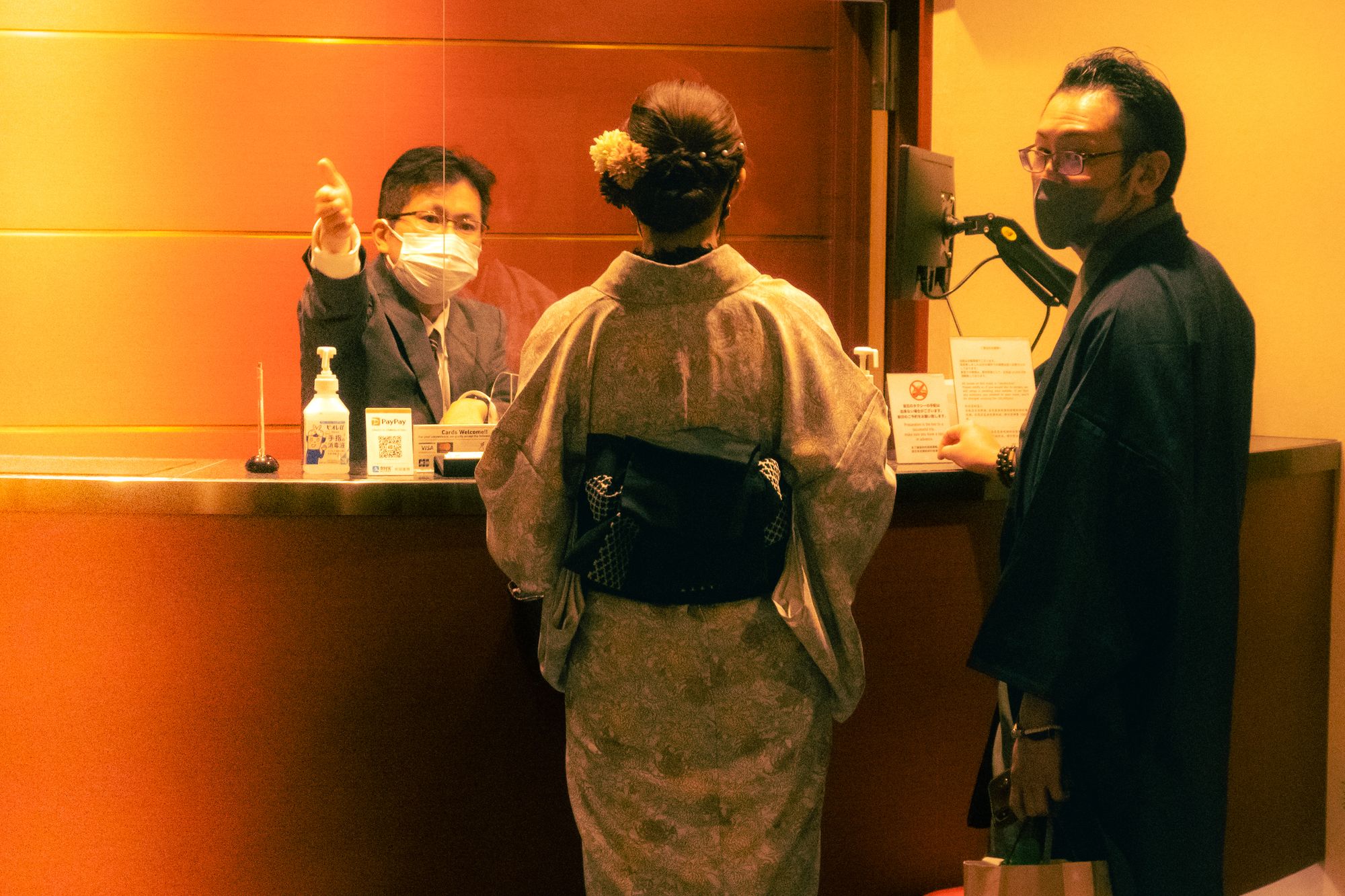
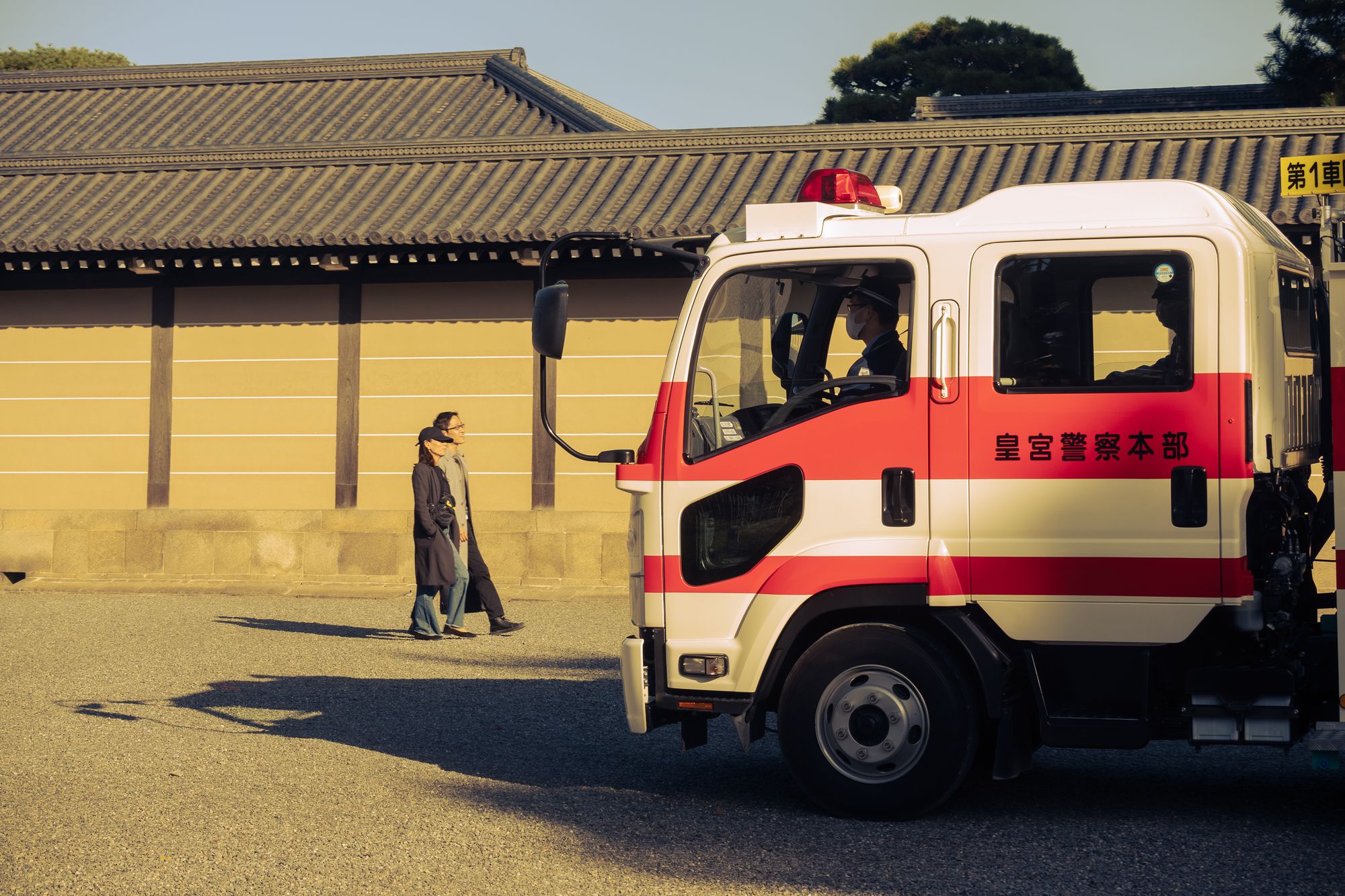

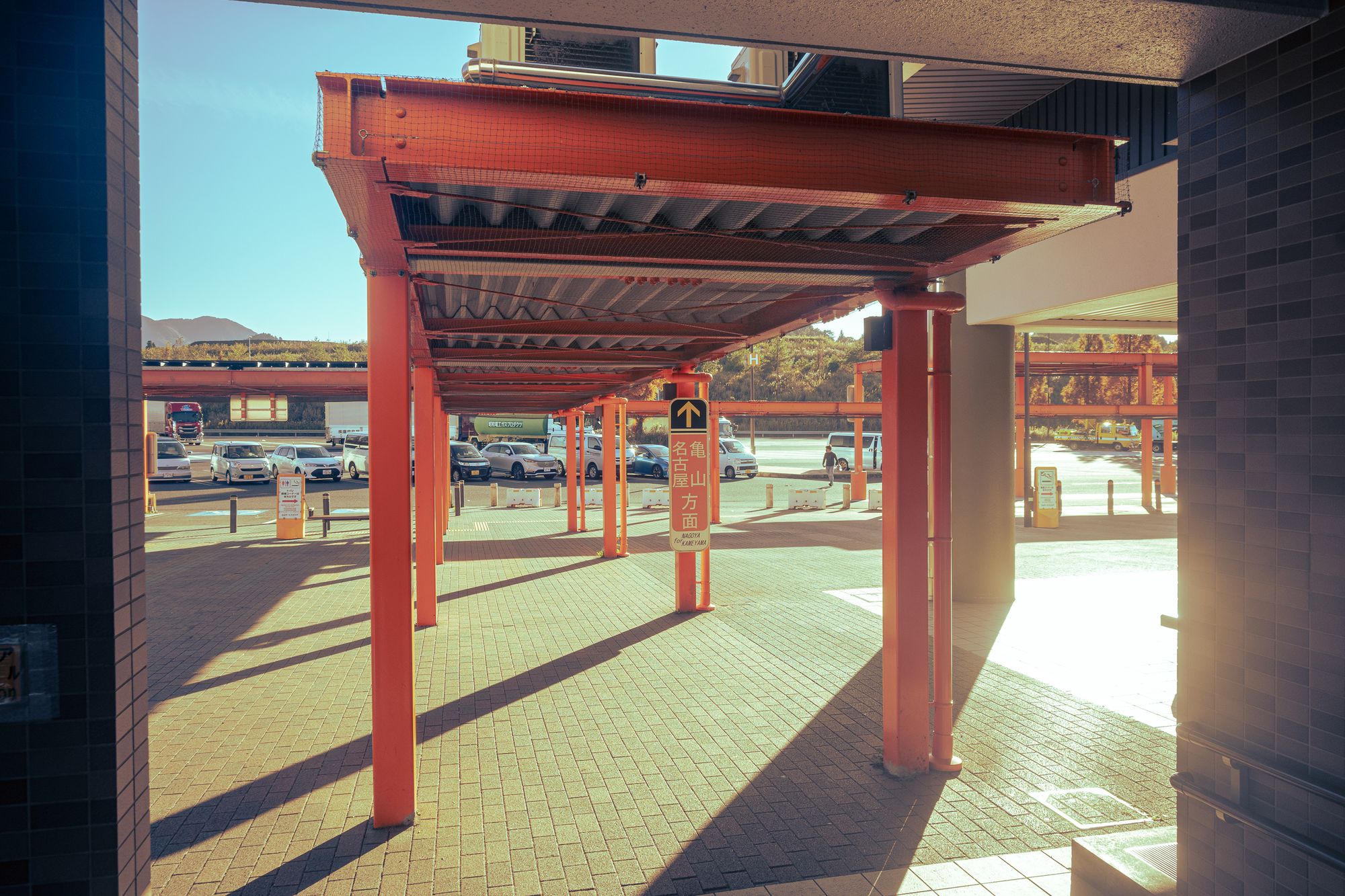
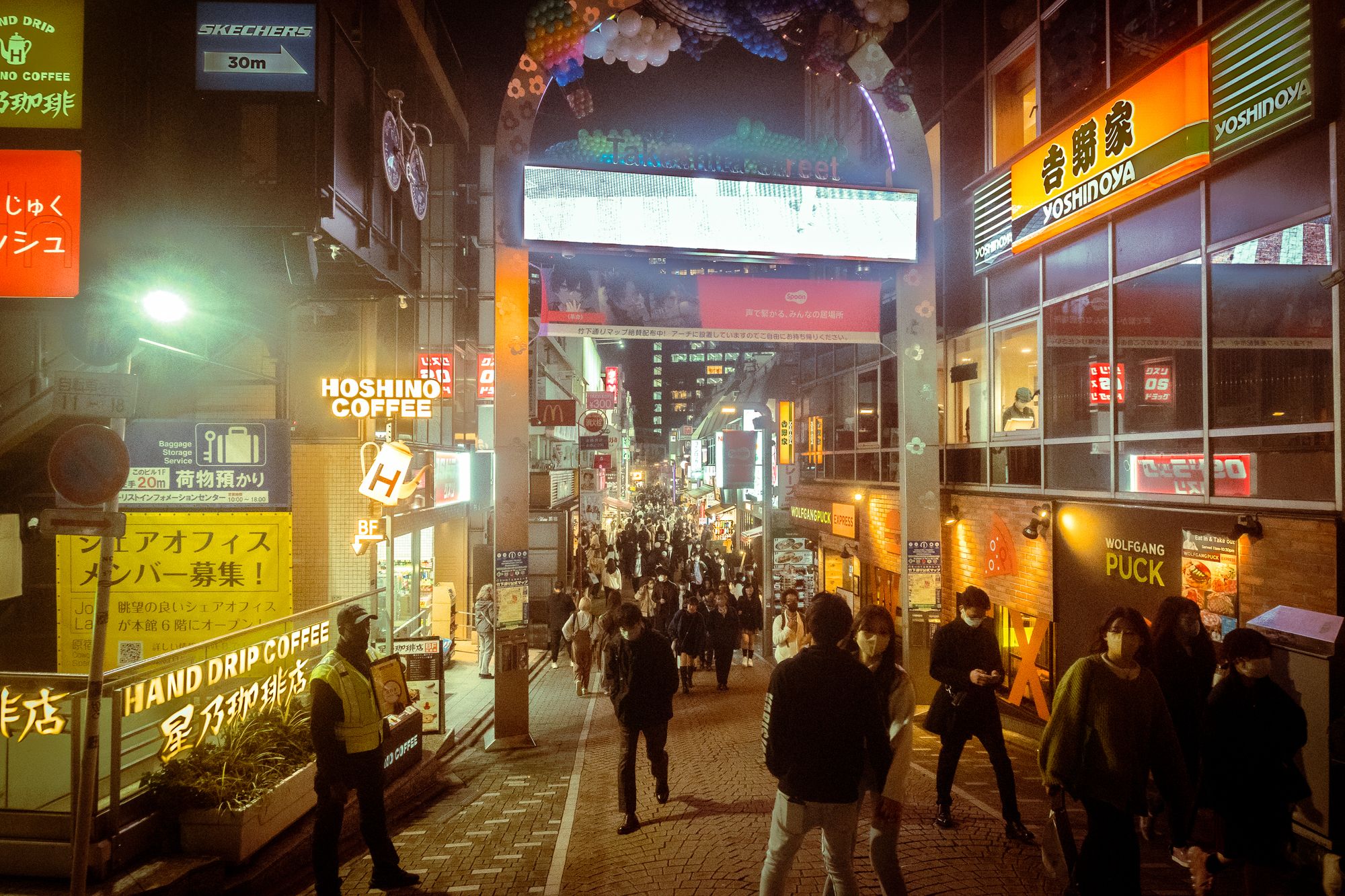
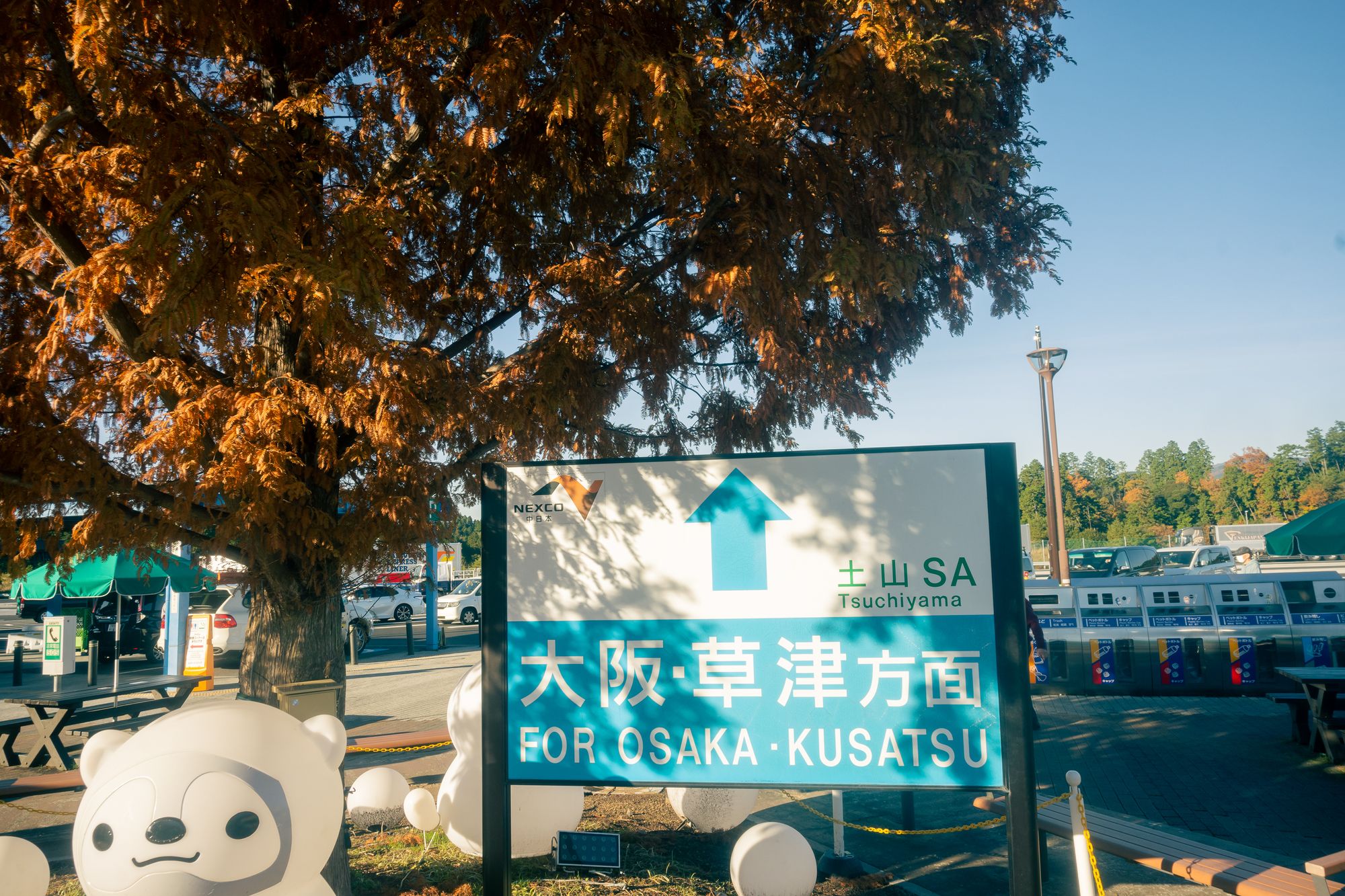
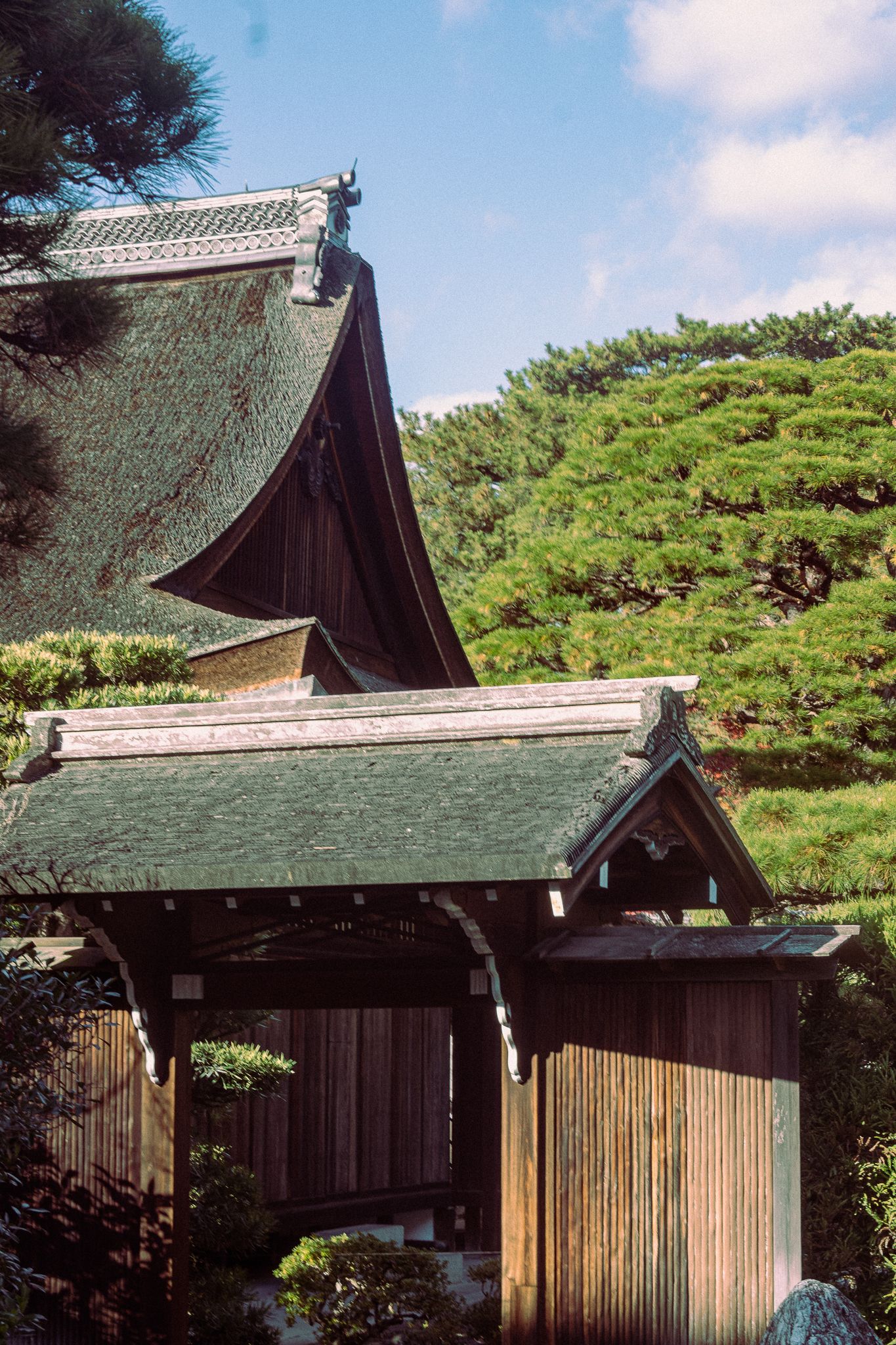
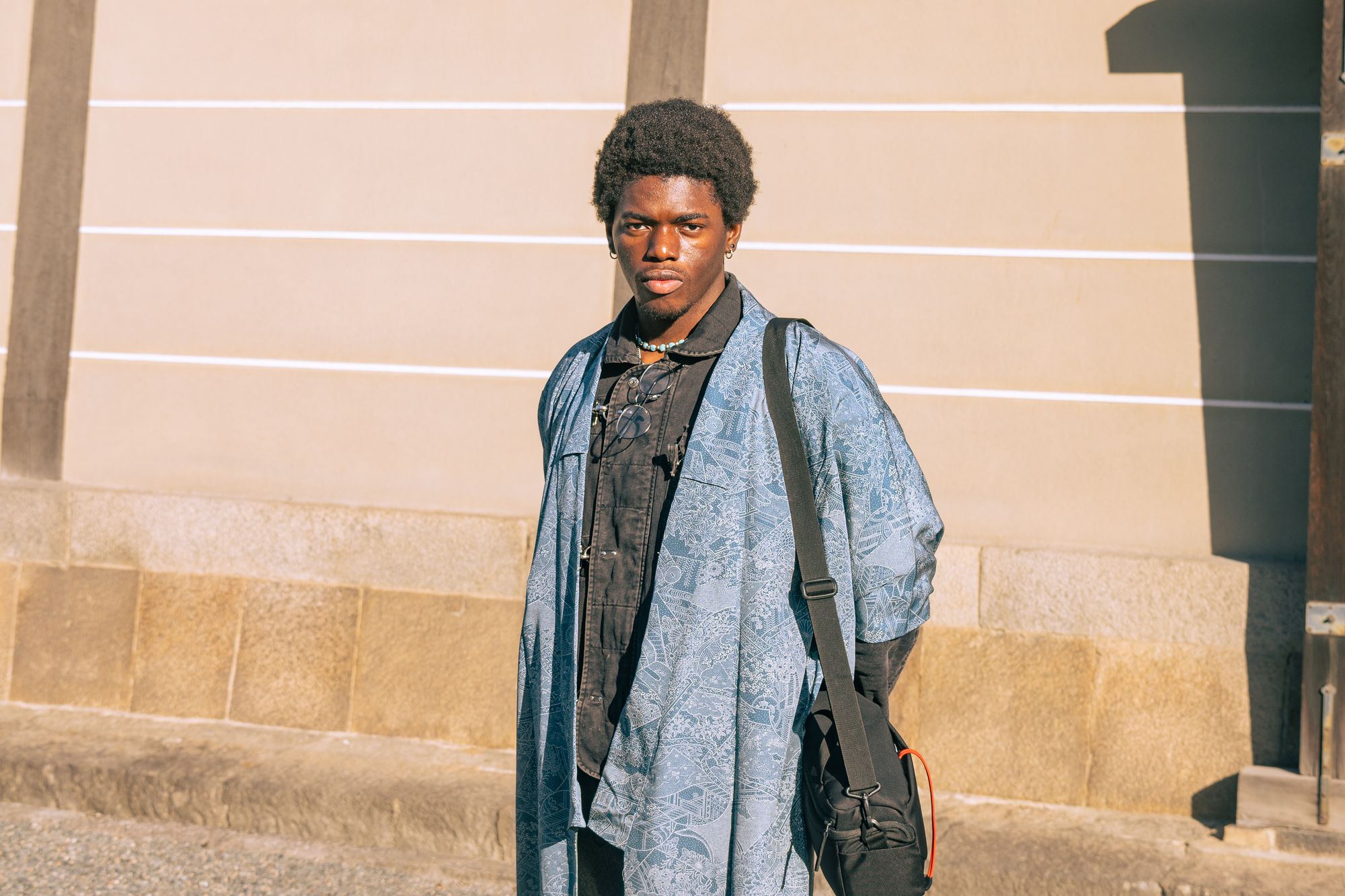
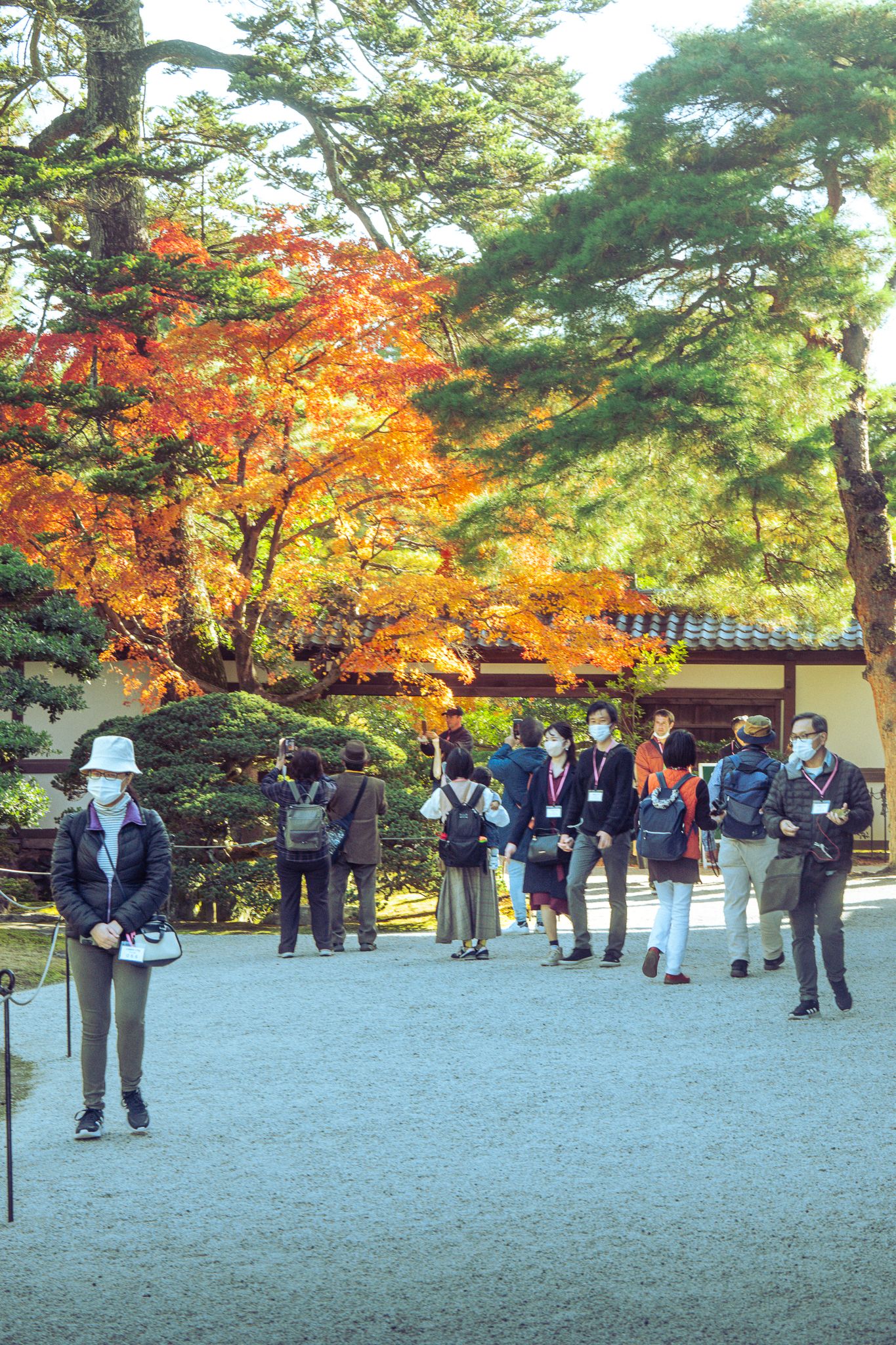
Godspeed,
Adebola Oshipitan

